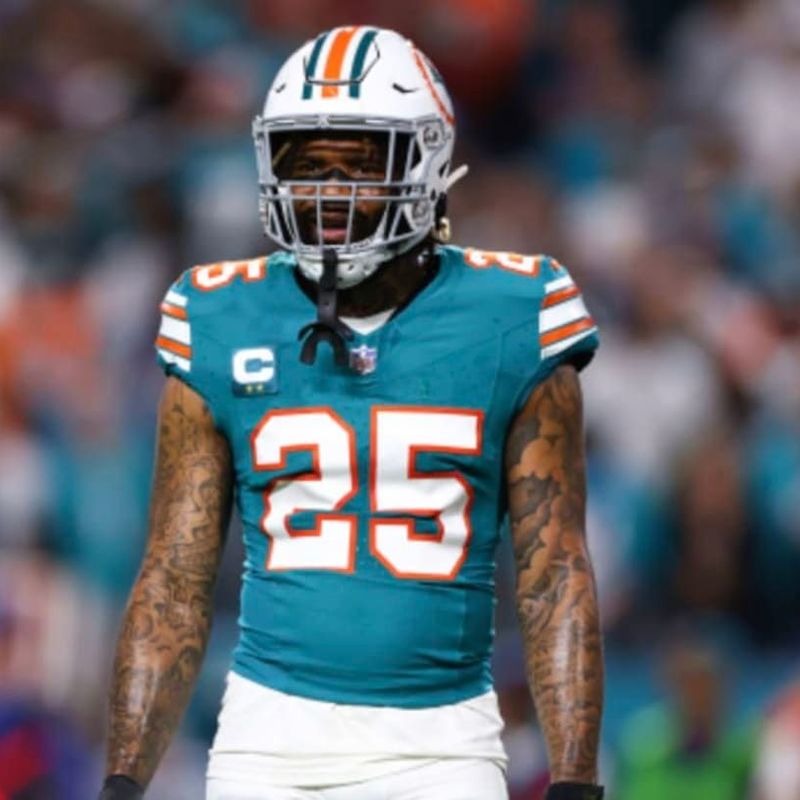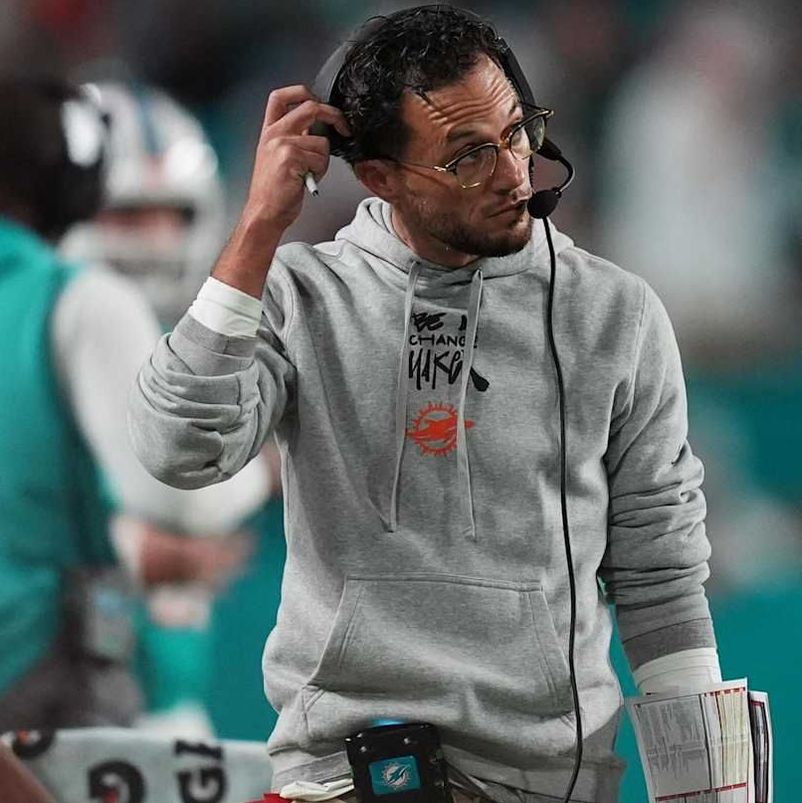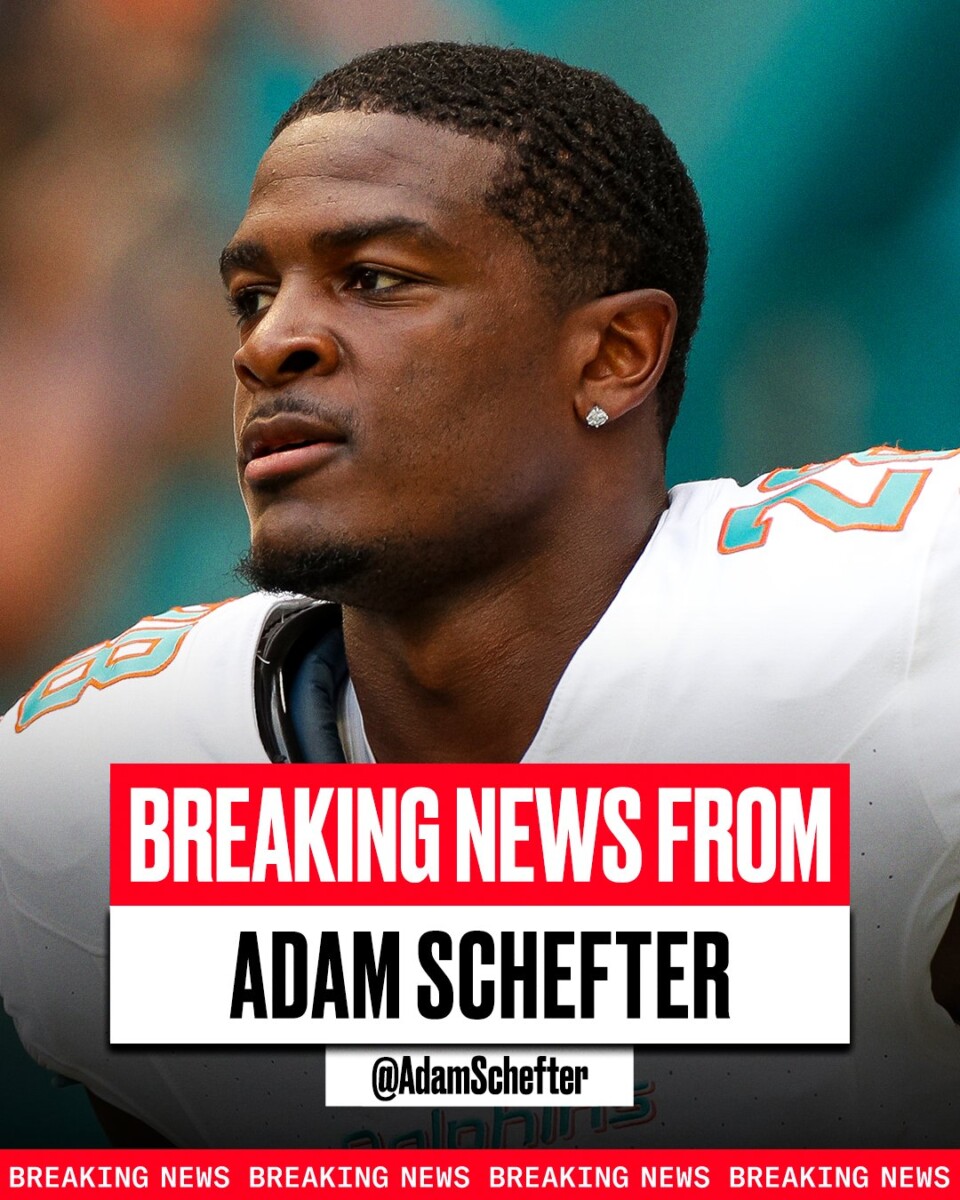Following the closure of the NFL Draft, the league is bracing for a resurgence in free agency activities. A significant number of teams are expected to gain financial flexibility post-June 1, due to particular contract releases slated for this date. Among the teams navigating these anticipated changes are the Miami Dolphins.
The Dolphins, with about 76 players presently on their roster, are positioned for potential acquisitions. The forthcoming relief from Xavien Howard’s release and a possible extension for quarterback Tua Tagovailoa could trigger a spate of activity for the team’s front office, led by Chris Grier.
As the Dolphins plot their future moves, the marketplace holds a surprising number of former Dolphins still in search of a team. Speculations are rife about their next destinations.
Ryan Tannehill, erstwhile Dolphins quarterback who found newer pastures with the Tennessee Titans, finds himself in unfamiliar territory—free agency—after being succeeded by rookie Will Levis. Despite Tannehill’s proven pedigree, his phone has yet to ring with offers, hinting at a potential wait-and-watch approach from teams. It’s anticipated that a team in need, possibly due to an injury, might extend an offer, keeping Tannehill in the folds for the 2024 season.
Emmanuel Ogbah, another ex-Dolphin, has yet to secure a spot on a roster despite showing promise during his initial stint with Miami. His recent injury woes have teams hesitant, even though his earlier performance earned him a lucrative extension. This cautious stance from teams might delay Ogbah’s signing until training camps are underway, with consideration for a post-Week 1 arrangement to avoid guaranteed contracts.
Defensive edge prospects like Charles Harris, alongside secondary assets like Eli Apple and Keion Crossen, find themselves in similar quandaries. With the market’s dynamics and their past performances in consideration, these players are likely to remain unsigned till training camps commence, mirroring the league’s broader pattern of strategic patience.
As for Xavien Howard, his demands have led to a standoff, leaving his future uncertain. Despite his expressed reluctance to return to Miami, a compelling offer from the Dolphins—or a scarcity of preferable options—might still sway his decision.
The NFL’s post-draft phase is thus marked by strategic waits, calculated risks, and the ever-present specter of injury-led opportunities, as teams and players alike navigate the complex ecosystem of professional football free agency.




